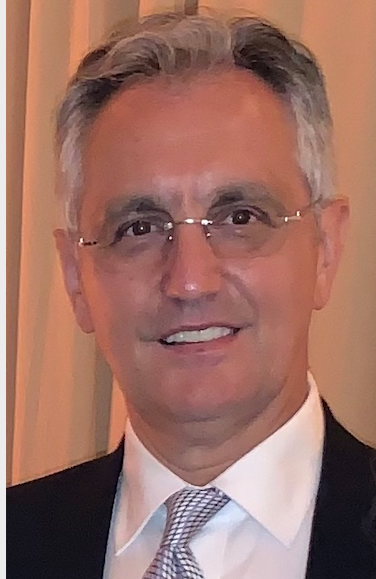
by: Dr. Pashko R. Camaj, Doctor of Public Health Sciences**
This week marks four months from the beginning of the widespread Covid-19 pandemic in the United States (US). While the hard-hit regions of the country, such as northeastern states are amid getting back to some level of normalcy, the recent rise in numbers of new cases in the southern and southwestern states, is a reminder that the Covid-19 poses a significant threat to our nation’s health. While the recent rise is due to a combination of factors that include easier viral transmission and more testing, some scientists hoped summer conditions might help tamper down coronavirus transmission. Studies have shown simulated sunlight can inactivate the virus on surfaces and in the air, as the virus deteriorates much more quickly in warmer temperatures than in cool temperatures. Other viruses, including strains of other coronaviruses that have long circulated in the population tend to peak in colder months and wane in the summer months, as it is generally seen with viruses that cause common cold or seasonal flu. So why are we seeing the numbers on the rise especially in warmer regions (Arizona, Florida, Texas, California, etc.)? Here, I provide some possible explanations. Based on preliminary research, there are likely three main reasons for the rise in the numbers. They have to do with: the current low levels of population immunity, ease of viral transmission, and our behavior.
First, the immunity to Covid-19 in the population is still exceptionally low, giving the virus swaths of opportunities to spread. We are currently estimating about 10 percent of entire US population has been confirmed positive for Covid-19. In some published studies, researchers developed a model to see how seasonal changes in climate might affect the way Covid-19 spreads in cities in the US and around the world. Because limited data available for this virus, researchers modeled long-circulating viruses including two coronaviruses known to cause common colds. After running their model under several different scenarios, the researchers found that seasonal changes in climate became an important factor in limiting viral spread only after a large part of the population became immune to the virus. It appears that, at least now, lack of population immunity supersedes any effect a warm climate may otherwise have on viral infections.
Second, studies have shown that sunlight and heat can inactivate the virus on contaminated surfaces relatively quickly. However, we have learned that the primary mode of transmission for the Covid-19 is not by touching contaminated surfaces. Instead, the respiratory droplets expelled when a sick person coughs, sneezes or even speaks are the major mode of transmission. Adding to worries, some studies have suggested that the coronavirus can also be transmitted through aerosols, or minuscule droplets that float in the air longer than large droplets and can be directly inhaled. This type of transmission is most likely to happen in poorly ventilated indoor spaces that generally do not get much sunlight.
Third and most importantly, when it comes to this virus, human behavior, supersedes the other factors. The virus tends to spread best during close-up, person-to-person interactions for extended periods, especially at crowded indoor spaces and poorly ventilated areas and in places where people are talking loudly, shouting, or even singing. One thing we tend to do during hot weather is to cram inside airconditioned and cooled spaces, making it that much easier for the virus to be spread.
So, while we cannot control first two factors, to limit transmission, we should avoid spending extended periods of time in such places. If we need to enter these places, wearing facial covers and masks; keeping a good distance and practicing good hand hygiene are still effective ways of keeping infections away. All and all, physical distancing will remain our best weapon into the summer to slow or prevent the spread of Covid-19. So, keep wearing the facial covers or masks and if possible, stay 6 feet or more apart!
**Vice-President of Pan-Albanian Federation of America -VATRA